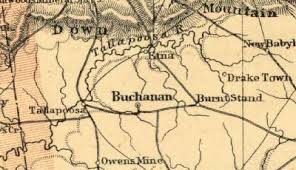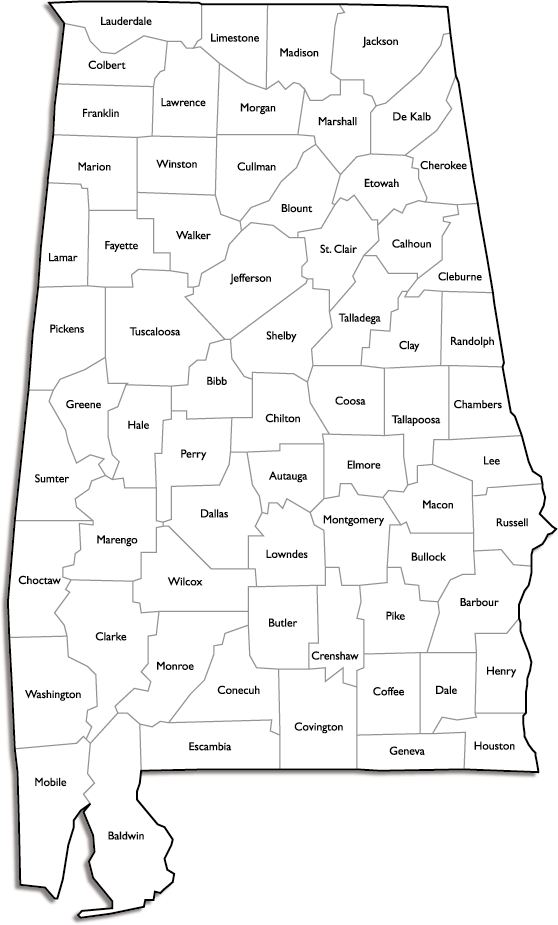Haralson County Georgia Wills, Estates, Marriages


How the Ancestors Settled in Alabama
Indexes to Probate Records
- Index to Will Book A (1865-1919)
- Index to Deed Book A.
- Marriages from newspapers (1885-1886).
- Index to Appraisements and Sale Bills (1884-1937).
- Index to Appraisements, Sale Bills, Inventories, Annual Returns (1865-1884).
Online Images of Wills (1865 to 1900)
Testators: Aldridge, Patrick; Aldridge, William; Ayres, Martin; Bachus, James; Bates, Dennis; Bowling, David; Cagle, Benjamin; Crocket, Sarah; Daniel, S. L. M. C.; Davis, John; Edwards, B. F.; Fincher, G. W.; Ford, William; Goldin, Nathan; Goldin, T. E.; Hamilton, John; Hilton, Amos;Holcombe, Reuben K.; Holcombe, Reuben; Holland, Fallon; Hudson, James; Jennings, William; Johnson, Thomas; Jordan, J. M.; Kilgore, Robert; Lathan, Henry; Little, S. B.; McClung, S. B. L. J.; Newman, Ephraim; Posey, Sarah Melvin; Powell, Presley; Reid, Reuben; Smith, Lucretia; Summerfield, B. F.; Summerville, Robert; Weatherby, Aaron; Weatherby, Sarah; Westbrooks, James; Whistenhunt, Benjamin, orphans of; Williams, W. N.; Williams, Wyatt; Wilson, Absalom; Woods, Abraham; Young, S. A. E. F.
Online Images of Miscellaneous Superior Court Cases
- D. L. Drussell vs. H. C. Waldrop
- Hamilton vs. Langmeade
- Kenneth Hebrid vs. Duncan Munne
- P. S. Dean vs. Georgia Pacific Railway
- P. S. Dean vs. Georgia Pacific Railway
- Robinson vs. William O. Rour
- Morris, S. J. vs. Rubin Morris
- The State vs. John Warren
Online Images of Miscellaneous Deeds
- Brooks, George to J. W. Bennett
- Copeland, Etta (Mrs.) to Willie Tolbert Head, et al
- Head, G. W. (Mrs.) to Mrs. Allice Harrison
- Head, N. C. R. to W. T. Head Sr.
- Head, W. T. to George W. Head
- Pope, A. A. to W. E. Johnson
- Strickland, S. W. & Co. to Whitlaw Wyatt
- Watson, Benjamin F. to Fields
- Watson, B.
- Watson, Burton
- Watson, Burton to Bryce
- Watson, James
- Williamson, M. C. (Mrs) ti Elbert A. Williamson
Lithia Springs Sweetwater Creek Hotel


What is the Common Era in our Calendar?


Grist Mills and Lumber Yards in Tallapoosa
